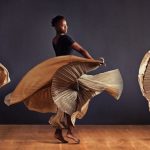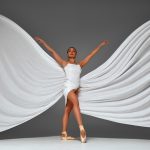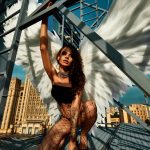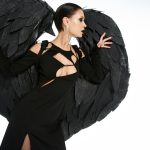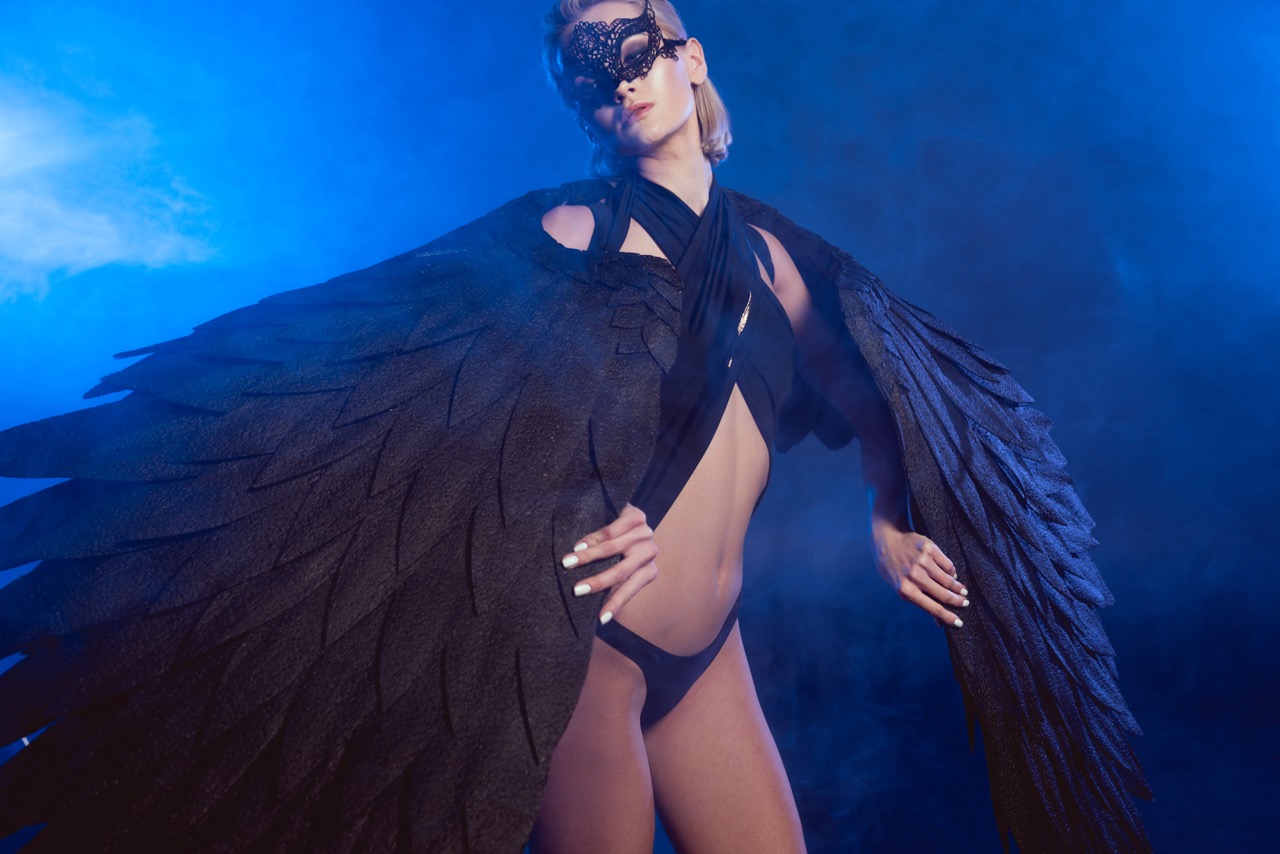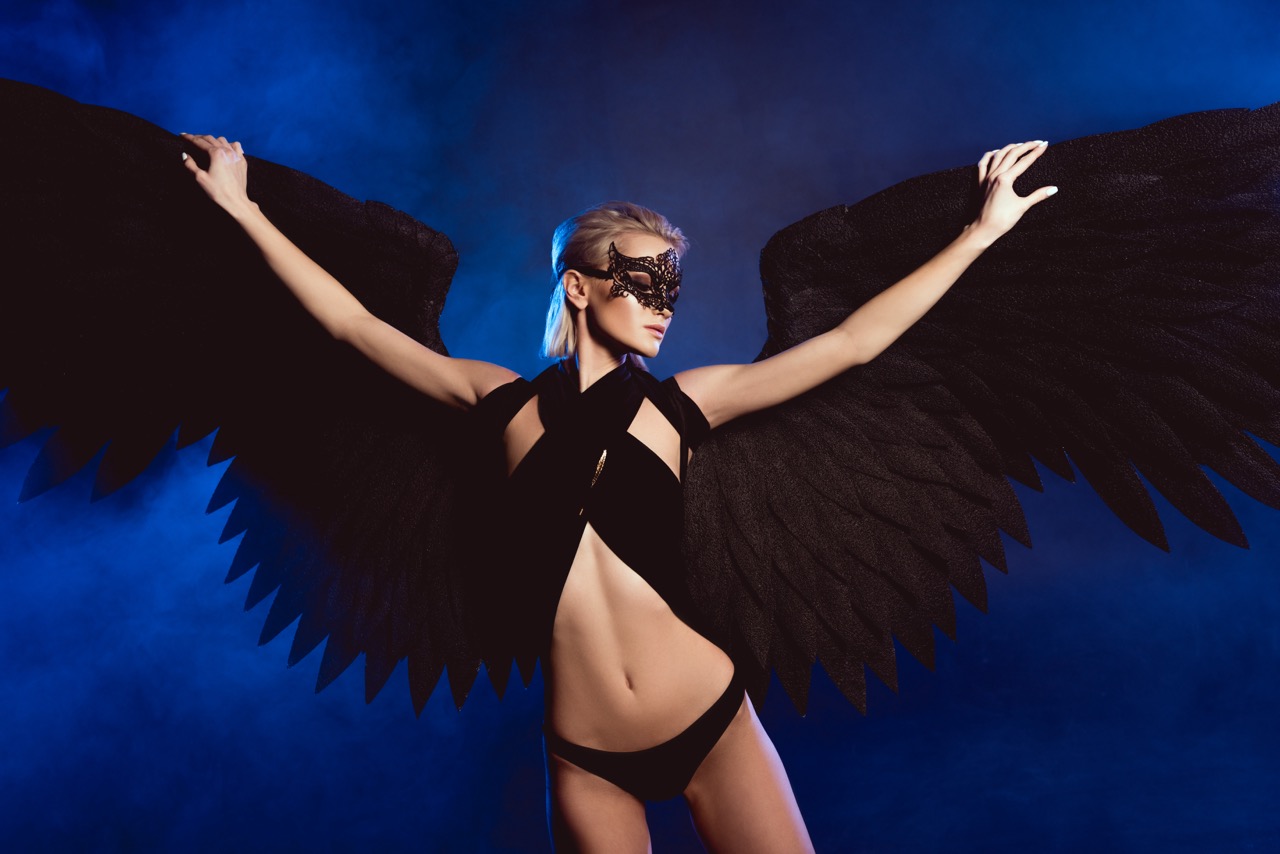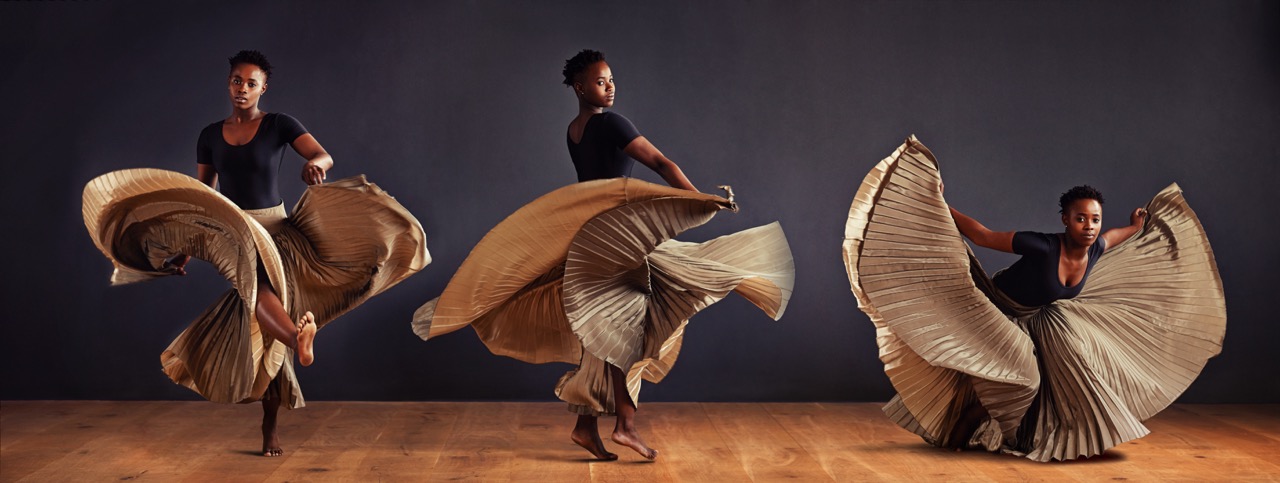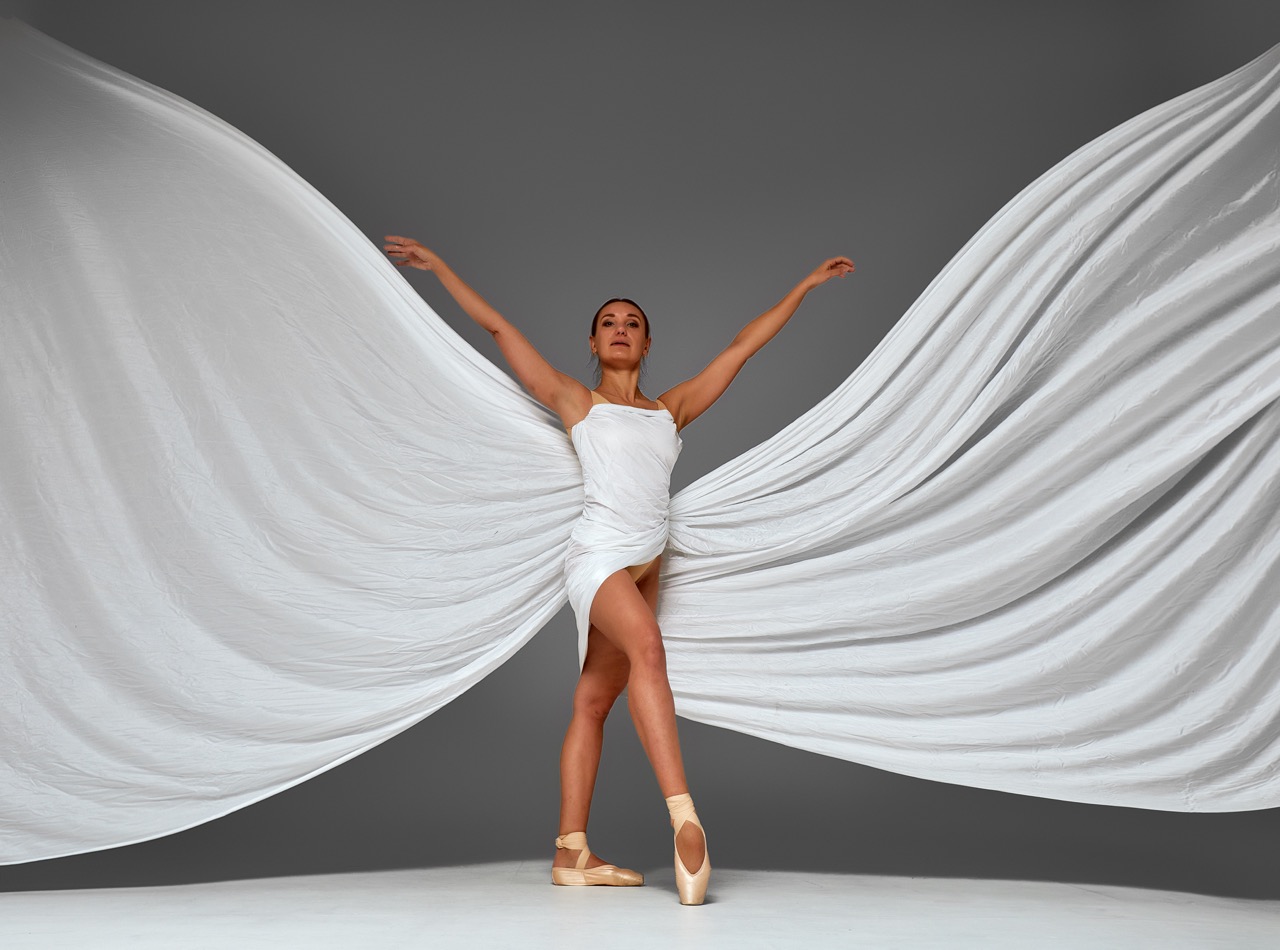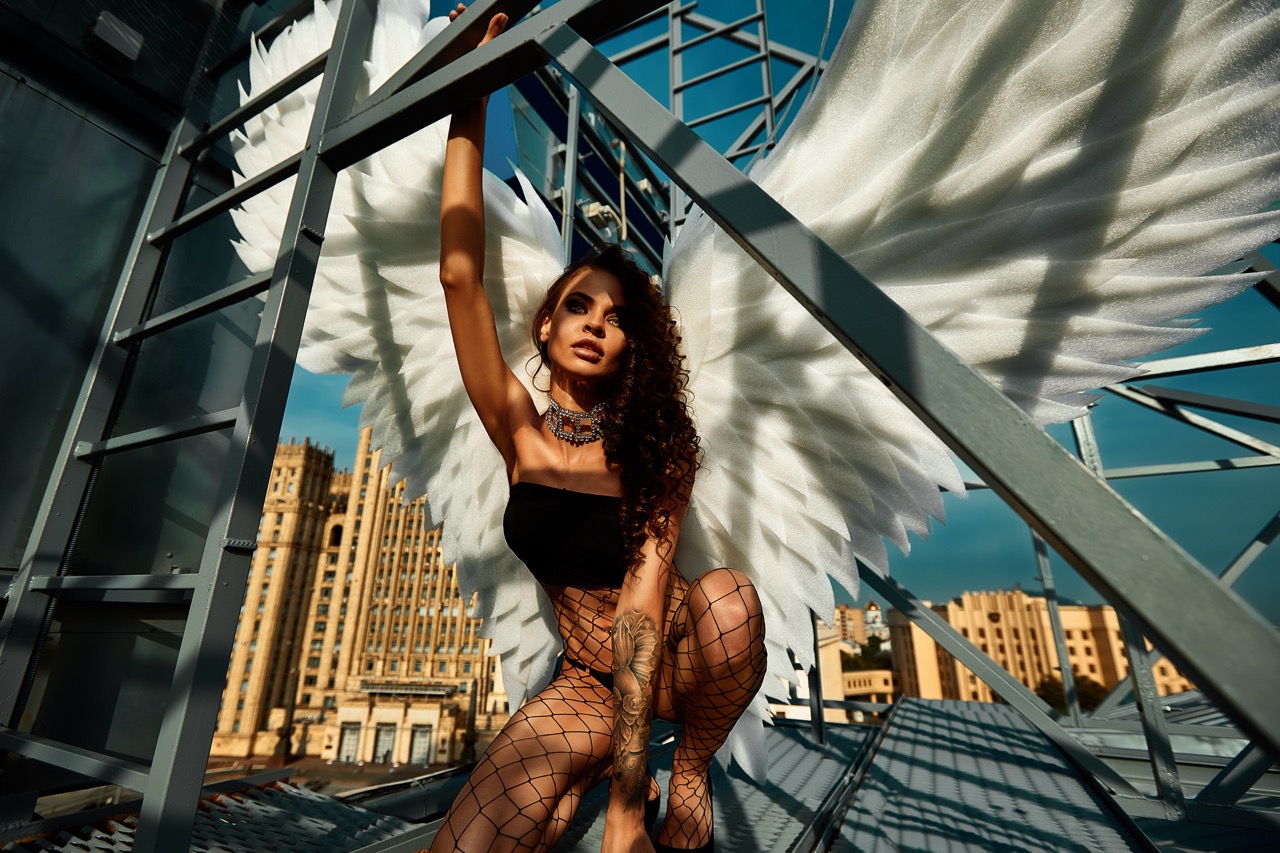The vibrant worlds of dance and fashion design have long been intertwined, each influencing the other in myriad ways. Both art forms celebrate movement, aesthetics, and self-expression, and they often draw inspiration from one another to create captivating visual narratives. As dancers articulate emotions through their bodies, fashion designers translate those movements into wearable art, resulting in an intricate dance of fabrics, textures, and colors. This article explores the relationship between dance and fashion design, showcasing how these two forms of creativity enrich and elevate each other.
Dancing Threads: The Interplay of Movement and Style
The relationship between dance and fashion design is rooted in the concept of movement. Designers often consider how clothing will move and flow with the dancer’s body, ensuring that each garment complements the performance. The fabric’s weight, drape, and texture play crucial roles in how a dancer is perceived on stage. A well-designed costume can enhance a dancer’s movements, making them appear more fluid and dynamic while simultaneously telling a story through visual aesthetics.
Furthermore, the evolution of dance styles has influenced fashion trends. For instance, the rise of street dance has led to the popularization of urban fashion, characterized by oversized silhouettes, bold graphics, and casual comfort. These styles reflect not only the practical needs of dancers but also the cultural significance of their movements. As dance continues to evolve, so too does the fashion that accompanies it, creating a continuous dialogue between the two disciplines.
In addition to practical considerations, fashion design often incorporates elements that celebrate dance culture. Designers frequently draw inspiration from historical dance forms, such as flamenco or tango, and infuse their collections with textures and silhouettes that echo these movements. This interplay allows for a unique cross-pollination of ideas, resulting in fashion lines that pay homage to the art of dance while pushing the boundaries of traditional design.
From Ballet to Runway: Choreography Meets Couture
Fashion shows have increasingly adopted the aesthetics of dance, transforming the runway into a stage where movement and style converge. Many designers have collaborated with choreographers to create presentations that resemble a dance performance, emphasizing the fluidity and grace of both disciplines. The choreography adds a layer of storytelling to the showcase, allowing models to embody the garments in ways that highlight their movement potential and artistic narrative.
Ballet, with its elegance and precision, has particularly influenced high fashion, inspiring designers to create pieces that reflect the beauty of the human form. The use of tulle, satin, and structured silhouettes in fashion collections often pays homage to ballet costumes, merging classic techniques with contemporary ideas. This relationship between ballet and fashion design is not only about aesthetics; it embodies a shared commitment to craftsmanship and artistry, where each piece is meticulously crafted to create a seamless visual experience.
Moreover, fashion designers often seek inspiration from the emotional expressions conveyed through dance. The juxtaposition of bold colors and intricate patterns in clothing can embody the passion and intensity of a dance performance. This connection allows designers to explore themes such as movement, rhythm, and emotion, ultimately creating garments that resonate deeply with audiences and wearers alike.
Fabric in Motion: How Dance Inspires Fashion Innovation
Innovation in fashion design is frequently sparked by the demands and nuances of dance. The need for performers to move freely and expressively has pushed designers to explore new fabrics and construction techniques. For example, advancements in textile technology have led to the development of fabrics that are not only lightweight and breathable but also possess stretch and recovery properties, allowing for unrestricted movement on stage.
Additionally, the incorporation of LED lights and smart textiles into dance costumes has opened new avenues for fashion innovation. These materials can react to movement, creating visual effects that enhance performances and resonate with audiences. As a result, dance becomes a testing ground for fashion innovation, enabling designers to experiment and push boundaries in ways that can redefine the possibilities of clothing.
Dance also encourages sustainable fashion practices, as many choreographers and companies are increasingly mindful of their environmental impact. Designers are exploring eco-friendly fabrics and upcycling materials in their collections, inspired by the ethos of creativity inherent in dance. This shift towards sustainability reflects a growing awareness of the interconnectedness of art and the planet, where both dance and fashion can contribute to a more sustainable future.
The Art of Expression: Harmonizing Dance and Design
At the heart of both dance and fashion design lies the innate desire for expression. Dance serves as a powerful medium through which emotions and narratives can be conveyed, while fashion provides a tangible form of self-expression that can be felt and experienced. When these two art forms come together, they create a rich tapestry of storytelling that resonates with audiences on multiple levels.
The collaborations between dancers and fashion designers often yield striking results, as each party brings their own unique perspective to the table. A designer may interpret the fluidity of a contemporary dance piece through avant-garde silhouettes, while a dancer may reinterpret a designer’s vision by bringing it to life through movement. This synergy not only enhances the individual art forms but also fosters a deeper appreciation for the creative process itself.
Moreover, the intersection of dance and fashion design encourages a broader understanding of cultural narratives. Both disciplines have the power to challenge societal norms and inspire change, advocating for diversity and inclusivity. When dancers don garments that celebrate their heritage or personal stories, they create a dialogue that transcends the stage and runway, emphasizing the importance of representation in both art forms.
The relationship between dance and fashion design is a vibrant interplay of movement and expression, where each art form nourishes and inspires the other. From the elegance of ballet to the boldness of street dance, fashion continues to evolve alongside these dynamic movements, resulting in innovative designs that capture the essence of human expression. As we reflect on the synergy between dance and fashion, it becomes evident that both disciplines are not merely forms of artistic expression but are essential components of cultural storytelling, paving the way for a future where creativity knows no bounds.

